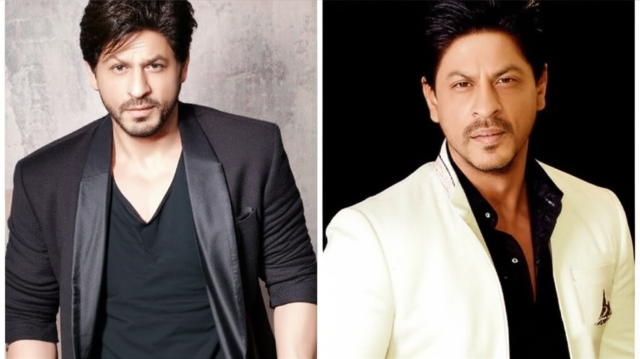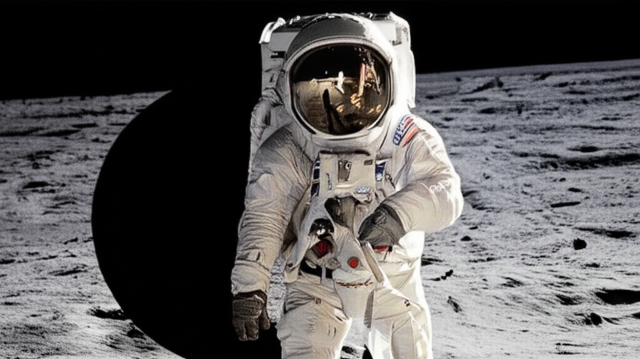
Virat Kohli vs Rohit Sharma: A Tale of Two Titans
Virat Kohli and Rohit Sharma. Two names synonymous with Indian cricket, two batting behemoths who have redefined the sport's landscape. Their careers have intertwined, often compared, and occasionally contrasted, sparking endless debates among fans. This isn't just a rivalry; it's a fascinating study in contrasting styles, leadership qualities, and the pressures of representing a billion-plus nation.
The Run Machine vs. The Hitman: Contrasting Styles
Kohli, often dubbed the "Run Machine," is renowned for his aggressive, almost ferocious, approach to batting. His intensity is palpable, his focus unwavering. He's a master of precision, accumulating runs with a relentless consistency that borders on the superhuman. His shots are crisply timed, his footwork impeccable, and his ability to read the game exceptional. Kohli thrives on pressure, transforming it into fuel to propel his scoring feats. He's a classic batsman, possessing a technically sound game and the mental fortitude to withstand any bowling attack.
Rohit Sharma, on the other hand, is the "Hitman." His style is characterized by its elegance and power. He plays with a languid grace, seemingly effortless in his stroke-play. His ability to hit sixes with nonchalant ease is unmatched, and his range of shots is incredibly vast. While he's equally adept at building an innings, Rohit possesses an explosive power that can change the course of a match in an instant. He's a modern-day batsman, adapting to the changing dynamics of T20 cricket with stunning effectiveness.
Head-to-Head: Numbers Don't Tell the Whole Story
Comparing their statistical records is a popular pastime, but numbers alone don't capture the essence of their impact. Both have amassed breathtaking totals, smashed numerous records, and achieved phenomenal feats. Kohli has a higher average in Test cricket, showcasing his mastery of the longer format, while Rohit has an edge in limited-overs cricket, reflecting his explosive T20 prowess. However, such comparisons often neglect the context of their respective careers and the different eras they've played in.
The conditions they faced, the opposition they encountered, and the roles they played within their teams all influence their individual statistics. For instance, Kohli often batted at a higher position in the order, facing the new ball and shouldering the responsibility of setting a platform for the team. Rohit, on the other hand, often batted further down, allowing him to unleash his power-hitting prowess with greater freedom. Therefore, comparing their averages directly might be an oversimplification.
Leadership: Two Different Approaches
Beyond their individual batting prowess, both Kohli and Rohit have distinguished themselves as leaders. Kohli, as captain of the Indian team across formats for a considerable period, led with an intense, demanding style. His leadership was characterized by unwavering commitment, high expectations, and a fierce competitive spirit. His passion often spilled over onto the field, creating a highly charged atmosphere for his team. While this led to incredible success at times, it also attracted criticism for its intensity and uncompromising nature.
Rohit Sharma's captaincy is more measured and strategic. He leads with calm authority, fostering a relaxed environment where players feel empowered to perform their best. His captaincy in the IPL with the Mumbai Indians has been incredibly successful, highlighting his ability to build strong team dynamics and to make smart, calculated decisions under pressure. His leadership is more collaborative, focusing on building team confidence and enabling players to express their skills freely.
The Impact on Indian Cricket
Both Kohli and Rohit have profoundly impacted Indian cricket, each in their own unique way. Kohli's aggressive batting style and intense leadership have injected a new level of competitiveness into the team. His commitment to excellence has elevated standards within the Indian team, inspiring a generation of young cricketers to strive for greatness. He has become an iconic figure, globally recognized as one of the best batsmen of all time.
Rohit Sharma's influence has been equally significant. His breathtaking stroke-play has redefined the art of limited-overs batting, inspiring a new generation of power-hitters. His leadership, notably with Mumbai Indians, has brought about unprecedented success in the IPL, establishing a winning culture based on teamwork and strategic brilliance. He has proved to be a successful captain of the Indian team and a role model for aspiring cricketers.
Beyond the Comparison: Celebrating Excellence
The Kohli vs. Sharma debate often overshadows the remarkable achievements of both individuals. Instead of focusing on who is "better," it's more meaningful to appreciate their individual contributions and acknowledge the immense talent they both possess. They represent different facets of batting excellence, showcasing the diverse range of skills and styles that can lead to success at the highest level.
Their rivalry, if it can even be called that, has undoubtedly enriched Indian cricket. The intensity of their individual performances and their contrasting leadership styles have created a dynamic and engaging narrative that has captivated fans worldwide. Their combined impact on Indian cricket is undeniable, shaping the future of the sport and inspiring countless aspiring cricketers.
Ultimately, the Kohli vs. Sharma discussion is a celebration of two exceptional cricketers who have elevated the game to unprecedented heights. Instead of pitting them against each other, we should acknowledge their individual brilliance and celebrate the richness and diversity they have brought to the world of cricket.
The future of Indian cricket is bright, and the legacy of both Virat Kohli and Rohit Sharma will undoubtedly continue to inspire generations to come.

